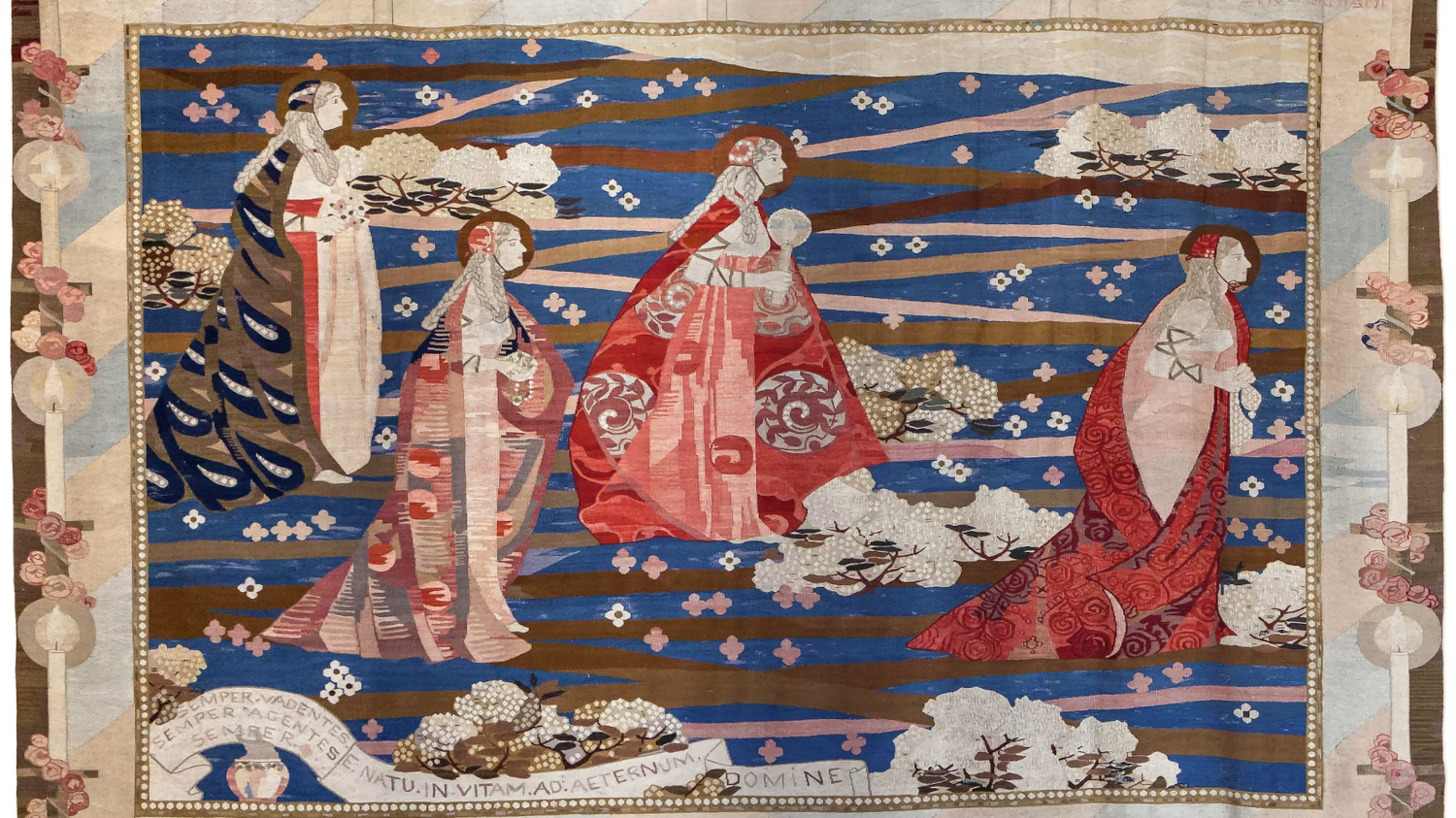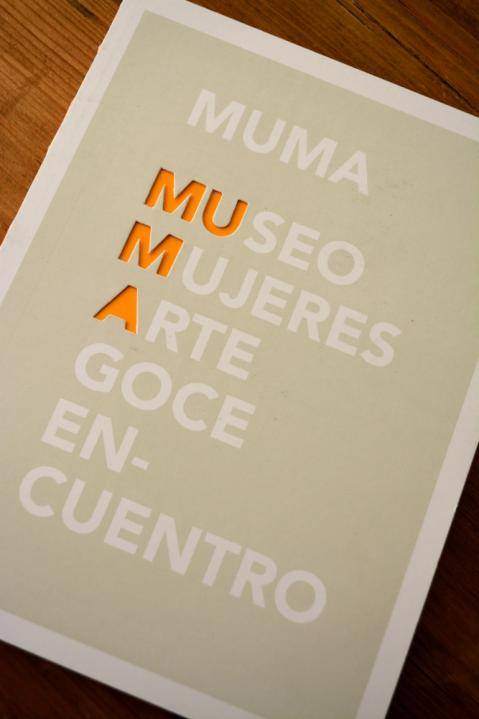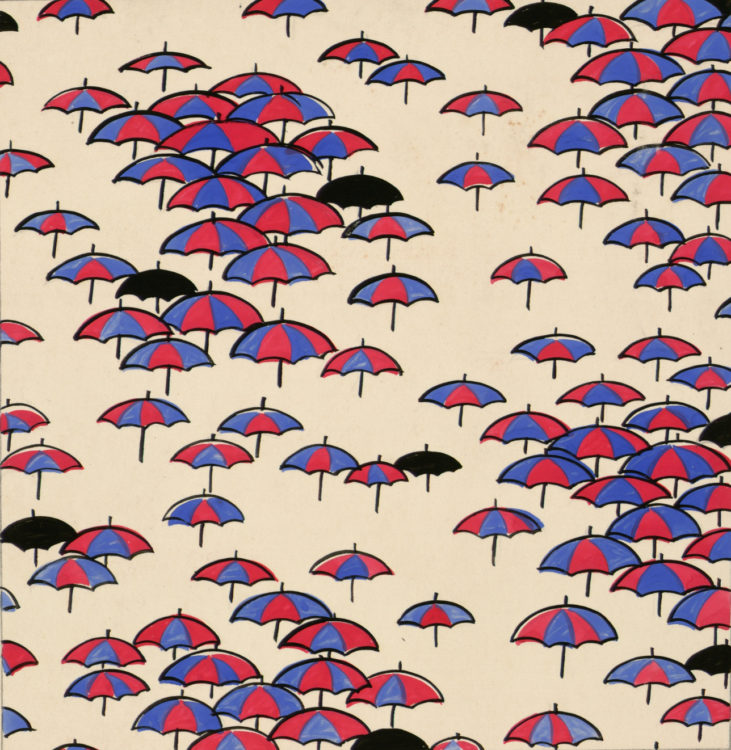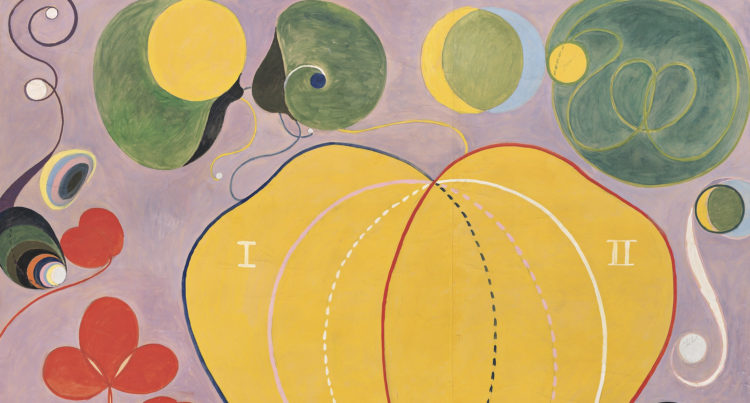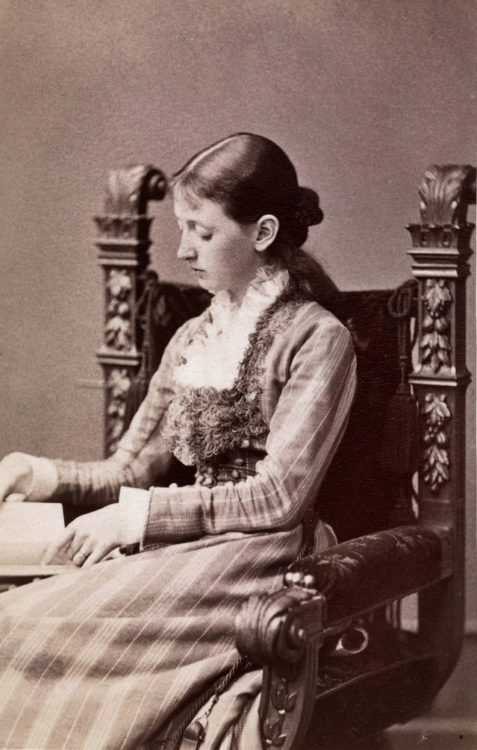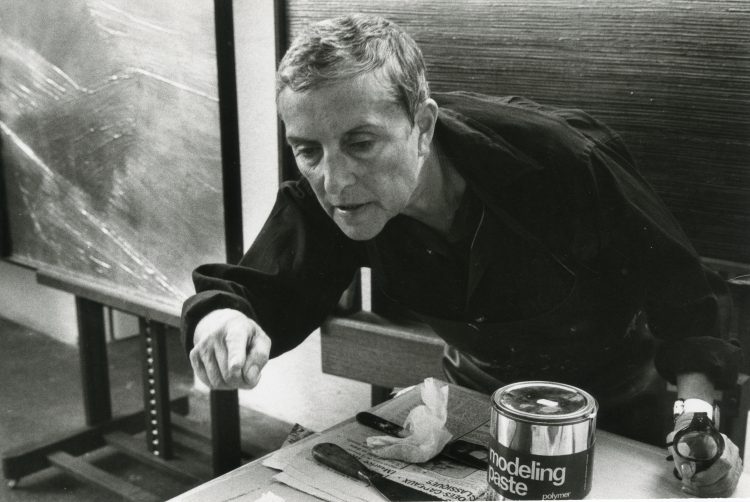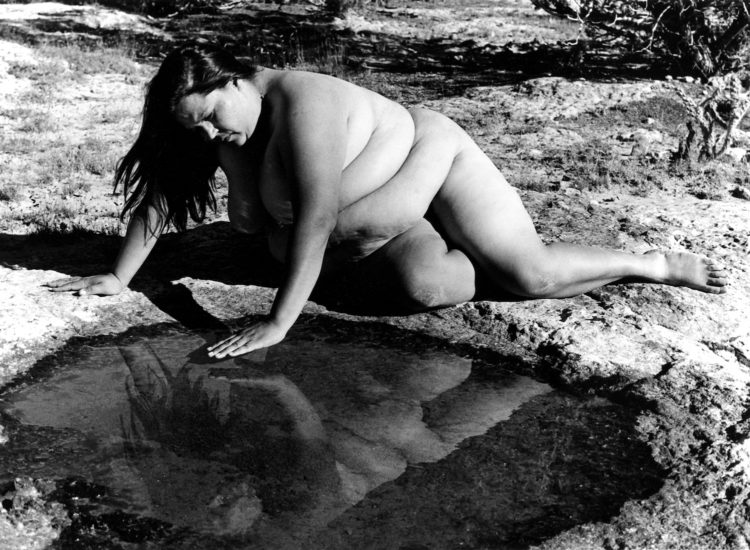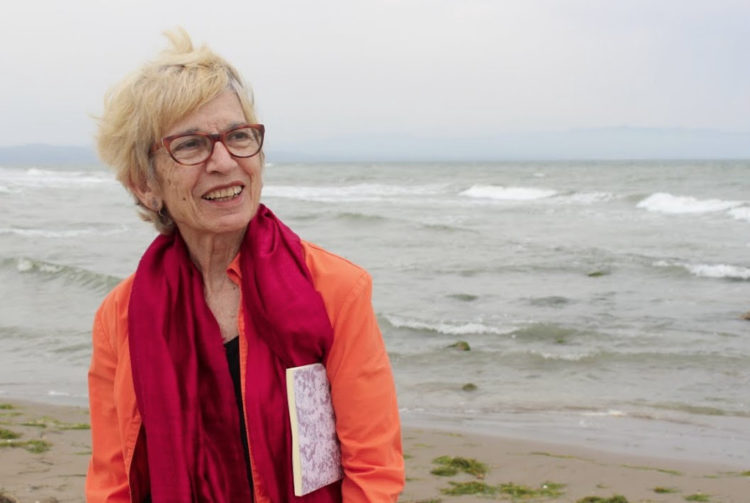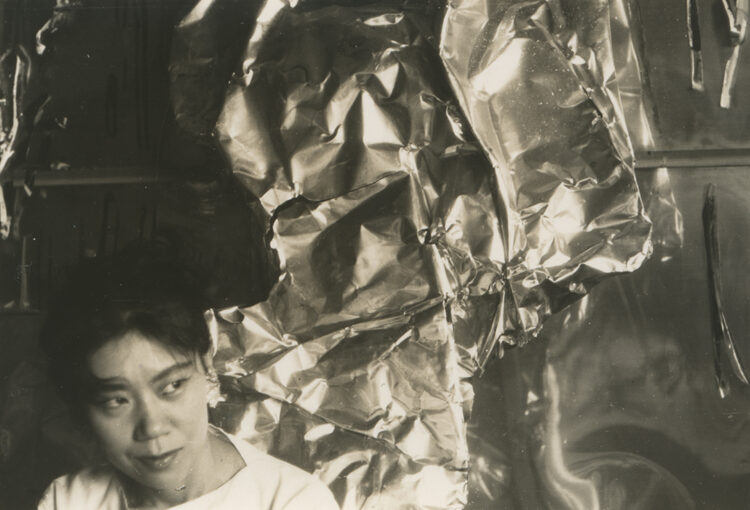Frida Hansen
Beate Ueland, Hanne, Leithe, Janne Kathrine, Moi, Arlyne, Frida Hansen: Art Nouveau I Full Blomst [Frida Hansen, Art Nouveau in Full Bloom], exh. cat., Stavanger Kunstmuseum, Stavanger (12 June–18 October, 2015), Stavanger, Stavanger Kunstmuseum, 2015
→Thue, Anniken. Frida Hansen: En Europeer I Norsk Tekstilkunst Omkring 1900, Stavanger, Universitetsforlaget, 1986
Frida Hansen: Art Nouveau I full blomst [Frida Hansen: Art Nouveau in full bloom], Stavanger Kunstmuseum, Stavanger, 12 June–18 October, 2015
→Jubileumsutstillingen på Frogner, Frognerparken, Oslo, 15 May–11 October, 1914
→Frida Hansen, Husflidsforeningen, Kristiania (Oslo), January, 1893
Norwegian textile artist.
Frederikke “Frida” Hansen, née Bolette, was born to a wealthy family and showed an early talent for the arts. She studied painting under Kitty Kielland (1843–1914) and Johan Bennetter (1822–1904) in 1871. She wanted to become an artist, but her career was put on hold by her marriage to merchant Wilhelm Severin Hansen in 1873. However, after the financial crash in the 1880s and her family bankruptcy in 1883, she started her own embroidery business. In 1889 she learned weaving with Kjerstina Hauglum (1867–1915) in Lærdal in the Norwegian district of Sogn.
Her first work Birkebeinerne fører den unge Håkon Håkonsson på ski over fjellet [Birkebein soldiers escorting the young Haakon Haakonsson on skis over the mountain, 1889–1890] is an example of traditional Norwegian tapestries. It took its subject from a painting by Knud Bergslien (1827–1908) showing two warriors on skis, one of them carrying the young prince as they flee to safety. With this work, F. Hansen learned the limitations of naturalistic depiction translated into weaving, which led her to the renewal of the traditional Norwegian patterns.
F. Hansen drew inspiration from Art Nouveau as well as from Eastern culture. This can be seen in her tapestries Semper Vadentes [Ever-Going, 1905] and Sommernattsdrøm [A Summer Night’s Dream, 1914], where the compositions of flowers, birds, animals and nature are reminiscent of Japanese techniques and themes. After Norway gained independence from Sweden in 1905, nation building was an important part of the art scene and F. Hansen’s modern compositions were often criticised for being “non-Norwegian”.
In 1897 F. Hansen patented her transparency technique, which alternates between compact and translucent woven parts in the tapestry. In 1889 she founded the first plant dyeing factory in Stavanger. In 1890 she established Fru Hansens Atelier for haandvævde norske Tepper [the Atelier for Handwoven Norwegian Rugs], also in Stavanger. In 1897, with feminist Randi Blehr, she started a weaving company in Kristiania, Aksjeselskapet Norsk Aaklæde – og Billedtæppe-Væveri (NABV) [the Norwegian Rug and Tapestry Workshop], which was renamed Det Norske Billedvæveri [The Norwegian Tapestry Studio] in 1899.
F. Hansen also engaged in the women’s rights movement and shared her knowledge of weaving, paving the way to other career opportunities and a new livelihood for women. Her work Løvetand [Dandelion 1893], commissioned by the Norwegian Feminist Association and presented at the world exhibition in Chicago (1893), depicts a woman embracing two pillars, with the image of Virgin Mary behind her, linking the Christian concept of freedom and the emancipation of women.
Her work Melkeveien [The Milky Way, 1898], won the gold medal at the 1900 Paris Exposition. F. Hansen received the King’s Medal of Merit in gold in 1915 for her commendable achievements in the fields of art. Her internationally renowned Art Nouveau and symbolist tapestries can be found in the Museum für Kunst und Gewerbe in Hamburg, the Museum of Applied Arts in Budapest, Nordiska Museet in Stockholm, Museum für Gestaltung in Zurich, the Stavanger Museum and the National Museum of Art, Architecture and Design in Oslo.
A notice produced as part of the TEAM international academic network: Teaching, E-learning, Agency and Mentoring with the support of the Royal Embassy of Norway in Paris
© Archives of Women Artists, Research and Exhibitions, 2024













